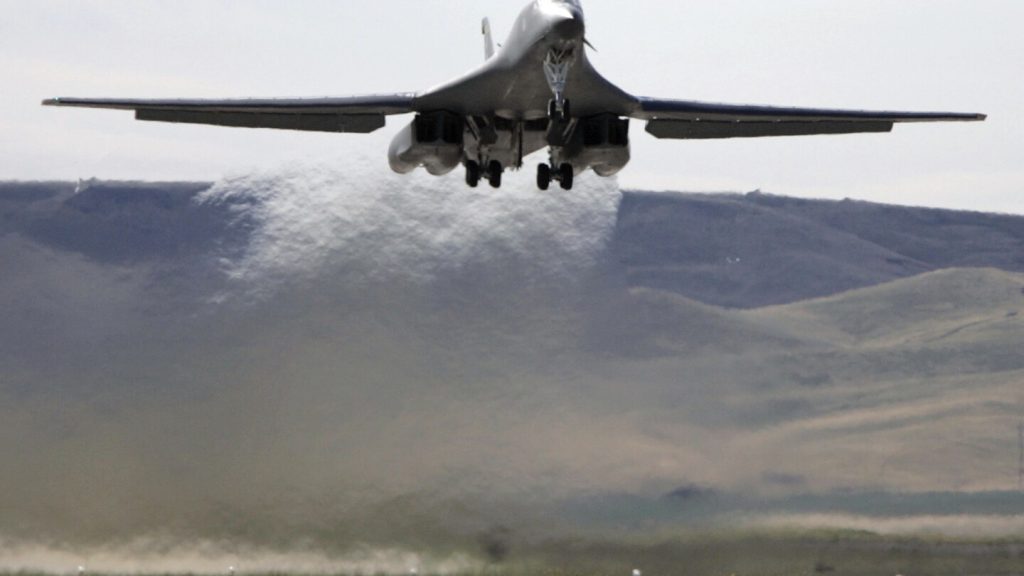A B-1 bomber crash in South Dakota in January was determined to have been caused by multiple crew failures, bad weather, and a last-minute encounter with wind shear, resulting in the loss of the $450 million warplane, according to a report from Air Force Global Strike Command. The investigation revealed an organizational culture at Ellsworth Air Force Base that tolerated decaying airmanship skills, poor communication, and inadequate focus on regulations. It is unclear whether any disciplinary action will be taken as a result of the crash.
The B-1 bomber is a supersonic aircraft capable of carrying conventional weapons and conducting long-range missions. The crash occurred during a training flight in rapidly deteriorating winter weather, with both bombers coming in too low for the conditions. The second bomber’s crew failed to relay specific communications and properly monitor instrument readings, leading to a cascade of errors culminating in an unrecoverable flight. Despite successful ejections of all four crew members, the crash exposed significant issues within the squadron, including lack of communication, supervision, and adherence to regulations.
Following the crash, it was discovered that two members of the maintenance crew failed toxicology tests, and the instructor pilot was injured during ejection due to exceeding the weight limit for the ejection seat. Communication breakdowns were also evident, with key sensors malfunctioning on the runway and a lack of critical information being relayed by air traffic control. The investigators concluded that the crew had become complacent and fixated, while the instructor pilot was ineffective in his leadership and supervision duties.
Despite the challenges faced by Ellsworth Air Force Base, the remaining B-1 bombers were relocated to Dyess Air Force Base in Texas for operation and training. Just a month after the crash and relocation, Ellsworth’s B-1s were able to successfully conduct retaliatory strikes on Iranian targets in Syria. The report highlighted the strain on resources and personnel at Ellsworth prior to the accident, with crew members not getting enough flight hours to maintain proficiency. Mid-level leadership positions were left unstaffed, leading to increased responsibilities for junior aviators and a lack of proper oversight.
The investigation into the B-1 bomber crash at Ellsworth Air Force Base highlighted issues of culture and leadership within the squadron, as well as the overall challenges faced by military aviation. The report emphasized the importance of communication, supervision, and adherence to regulations in preventing future accidents. Moving forward, the Air Force will need to address these systemic issues to ensure the safety and effectiveness of its operations.


